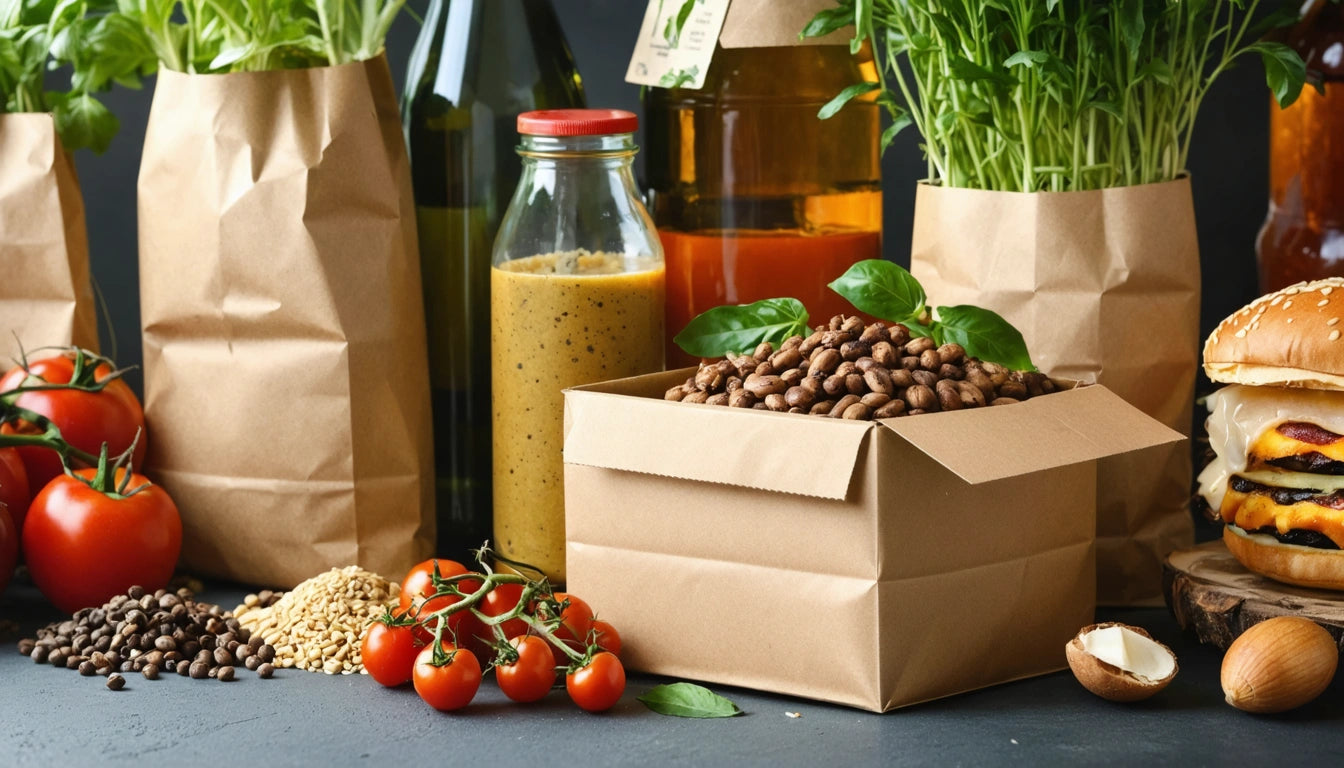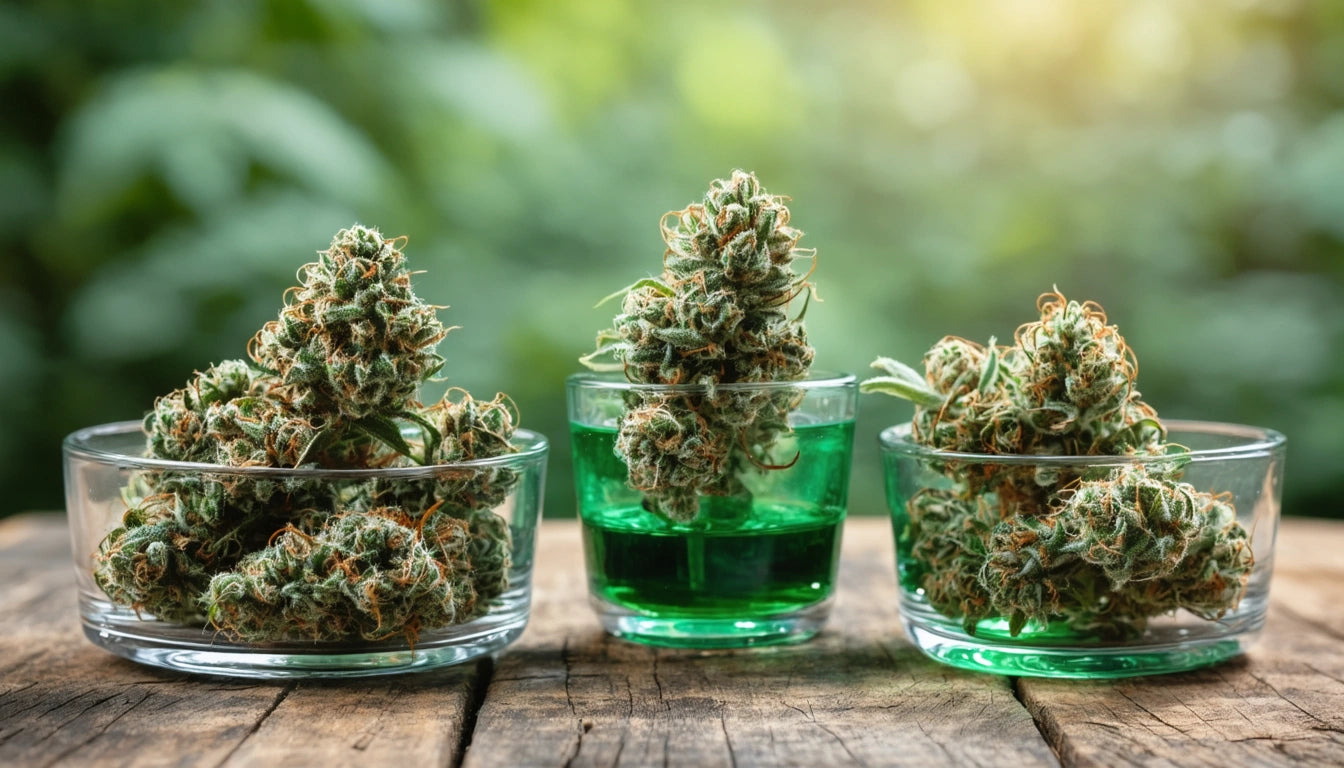Table of Contents
Custom Packaging for Small Food Businesses: A Guide
For small food businesses, custom packaging serves as more than just a container. It acts as a silent salesperson, brand ambassador, and quality indicator all at once. With the right packaging strategy, even the smallest food operation can create memorable customer experiences and stand out in a crowded marketplace.
Importance of Custom Packaging for Food Businesses
Custom packaging directly impacts how consumers perceive your food products. According to industry research, 72% of Americans say their purchasing decisions are influenced by packaging design. For small food businesses, this presents both a challenge and an opportunity to connect with customers through thoughtful packaging choices.
Effective custom packaging for small food businesses achieves multiple objectives simultaneously:
- Protects product integrity and freshness
- Communicates brand values and story
- Provides necessary nutritional and ingredient information
- Creates memorable unboxing experiences
- Differentiates products from competitors
Choosing the Right Packaging Materials
Material selection is crucial for food packaging, with considerations ranging from food safety to shelf life extension. Each material offers different benefits for various food types.
Mylar and Barrier Bags
For products requiring moisture and oxygen protection, high-quality mylar barrier bags provide excellent shelf-life extension while maintaining product freshness. These bags are particularly effective for coffee, spices, dried fruits, and other items sensitive to environmental exposure.
Paper-Based Options
Kraft paper and cardboard packaging offer an eco-friendly alternative with excellent printability. These materials work well for dry goods, baked items, and products that benefit from a natural, artisanal aesthetic.
Plastic Containers
For items requiring visibility or rigid protection, PET and other food-grade plastics remain popular. However, as noted in this guide on smarter food packaging, many businesses are transitioning to bio-based plastic alternatives to address environmental concerns.
Design Considerations for Food Packaging
Effective packaging design communicates your brand story and creates shelf appeal. Consider these key design elements:
Visual Identity
Consistent use of colors, fonts, and imagery helps establish brand recognition. Your packaging should visually represent your brand's personality, whether that's playful, premium, traditional, or innovative.
Information Hierarchy
Organize information based on consumer priorities: product name, key selling points, ingredients, and nutritional facts. Clear organization helps customers quickly understand your product's benefits.
Functional Design
Consider how customers will interact with your packaging. Features like resealability, portion control, or easy-opening mechanisms can significantly enhance the user experience and justify premium pricing.
Budget-Friendly Packaging Strategies
Small food businesses must balance quality packaging with cost constraints. Packaging food safely on a budget requires strategic thinking:
- Start with standard sizes and shapes to minimize custom manufacturing costs
- Order in volume when possible to reduce per-unit costs
- Consider hybrid approaches that combine stock packaging with custom labels
- Invest in versatile packaging that works across multiple product lines
- Focus customization on high-impact visual elements rather than structural features
Many suppliers offer low minimum order quantities specifically for small businesses, allowing for professional packaging without excessive inventory costs.
Sustainable Packaging Practices
Sustainability has become a critical consideration for food packaging. Packaging's role in reducing food waste must be balanced with environmental impact concerns.
Effective sustainable packaging strategies include:
- Rightsizing packaging to minimize material use
- Selecting recyclable, compostable, or biodegradable materials
- Using single-material packaging when possible to improve recyclability
- Incorporating post-consumer recycled content
- Communicating disposal instructions clearly to consumers
Small businesses can start with incremental improvements, such as switching to paper-based void fill or reducing packaging thickness without compromising protection.
Future Packaging Trends for Small Food Businesses
The food packaging landscape continues to evolve with innovative disruptions that small businesses should monitor. Emerging trends include:
- Smart packaging with QR codes linking to detailed product information
- Plant-based barrier materials replacing traditional plastics
- Minimalist design focusing on transparency and authenticity
- Portion-controlled packaging reducing food waste
- Interactive packaging creating memorable brand experiences
By staying informed about these trends, small food businesses can make forward-thinking packaging decisions that anticipate consumer preferences and regulatory changes.
Custom packaging represents a significant opportunity for small food businesses to build brand equity, protect products, and connect with consumers. With thoughtful material selection, design consideration, and budget-conscious strategies, even the smallest operations can create packaging that performs well across all dimensions of functionality, appeal, and sustainability.











Leave a comment
All comments are moderated before being published.
This site is protected by hCaptcha and the hCaptcha Privacy Policy and Terms of Service apply.